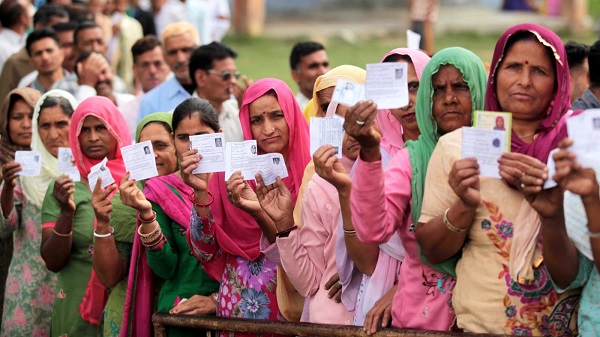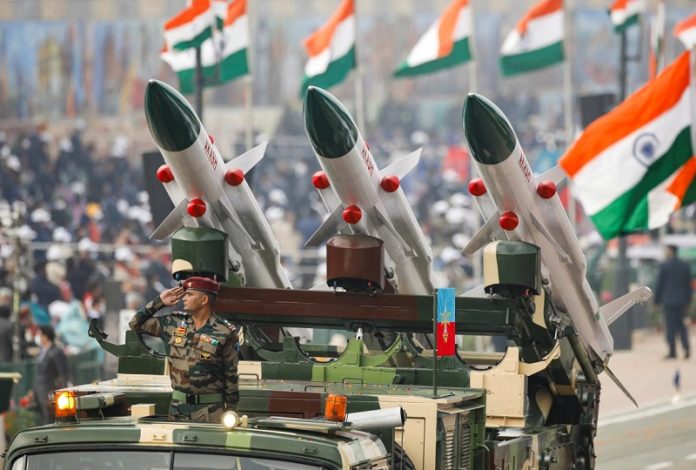SPECIAL REPORT
Think of India, and the two words that immediately spring to the mind of many are, Democracy and Republic. That India is the world’s most populous democracy is common knowledge; what however, is lesser known is that the spirit of republic is in India’s very DNA.
India has had republics prior to the oldest known republics such as that of classical Athens (508-322BCE) and the Roman Republic (509-27BCE). Long before these Western republics came to the fore, ancient India had several republics, most notably the Vaijian confederacy in Vaishali, in today’s Bihar state, from around 600BCE at the time of Lord Buddha.
Since then, there has been recurring evidence of republics in India. In 1830, Sir Charles Metcalfe, the then acting Governor General of India wrote, “The village communities are little republics, having nearly everything they want within themselves and almost independent of any foreign relations.”

Today the biggest republic of the world envelops in itself more than half a million tiny village republics managing their affairs through self-governance called the Panchayati Raj (the rule of the village community). It is these self-contained, self-governing village republics that have ensured the continuity and survival of the great Indian civilization, which even the mightiest of empires could never penetrate.
As India basks under the glory of being a republic for nearly three-quarters of a century, it would be interesting to revisit and retrospect over these momentous years.
A vibrant electoral democracy has been India’s most enduring and endearing identity ever since the Indian Constitution came into effect on 26 January 1950. The Constitution transitioned India into a democratic republic with universal adult suffrage. At that time, this move towards a republic was considered by many in the developed Western countries as a foolhardy misadventure. Their skepticism was based on the ground realities of the time. India had just got devastated by a deadly partition in which millions of lives were lost. It was an unequal, fractured caste-based hierarchical society with just around 12 percent illiteracy and extreme poverty. How will they rule themselves?

The prophets of doom were silenced before long. India took to democracy like fish takes to water; adjusting itself to the new environment of freedom and democracy in no time. Over the past seventy-four years of being a republic, the Election Commission of India has delivered 17 general elections to the Lok Sabha (the House of the People) on schedule and as per the Constitution of India that mandates parliamentary elections once every five years.
The election commission has also supervised tens of hundreds of elections to State Legislative assemblies during this period. The peaceful, orderly and democratic transfer of power has been the envy of the entire democratic world. The outgoing prime minister (or chief minister) offering the chair to the incoming one with humility and folded hands has been a sight which many democracies only long to see.
The seventeenth General Election from April to May 2019 was the biggest election in world history. Around 912 million people were eligible to vote, and over 67 percent of voters exercised their franchise — the highest ever in a general election, as well as the highest ever participation by women voters. The voting was conducted through over a million polling stations that employed a total of 1.74 million voter-verified paper audit trail (VVPAT) units and 3.96 million electronic voting machines (EVM).

In sheer size, the Indian electorate is bigger than the combined voter population of each continent. In fact, it is like nearly a 100 countries rolled into one, not just in terms of numbers alone but the complexities as well. And the numbers are always growing. General Elections in 2019 saw 912 million people eligible to vote, marking an increase of 84.3 million voters since the last election in 2014. In terms of the voting population, this is like adding an entire Pakistan, or South Africa and South Korea combined, or two United States, or three Canadas, or four Australias, or 10 Portugals or 20 Finlands.
India is undoubtedly the most diverse country in the world;multi-religious, multi-cultural, multi-lingual, and multi-ethnic, besides an amazing geographical diversity that envelops deserts, mountains, plains, forests, islands, and coastal areas. India has all the world’s major religions, 22 official languages and 780 spoken languages. The demands of this diversity can be mind boggling. Equally difficult are the other challenges of fighting terrorism, security threats, adjusting to globalization and rising expectations of an IT-savvy growing middle-class.
Over the past 74 years of being a republic, India has proven Nobel laureate Amartya Sen’s famous statement that a country does not become fit for democracy, it becomes fit through democracy.
(S. Y. Quraishi is a former civil servant, he was the 17th Chief Election Commissioner of India. His earlier postings included Secretary Ministry of Sports and Youth Affairs, DG, National AIDS Control Organization (NACO), DG, Doordarshan, the world’s largest national broadcaster, et al.)

















